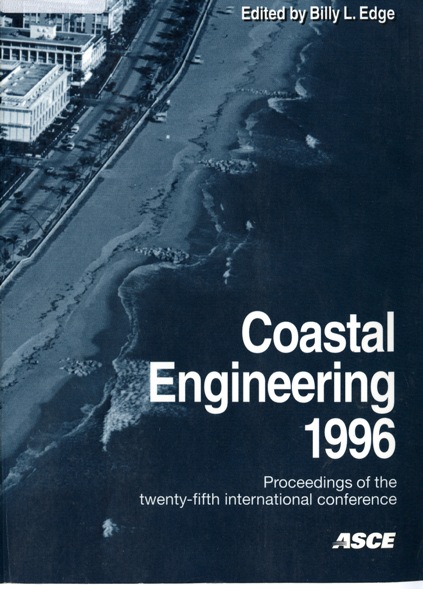Abstract
Previous investigations have established the dependence of ebb delta volumes on wave energy and tidal energy at sandy inlets. In this study, this dependence was examined with respect to the rate of delta growth and the final equilibrium delta volume starting with the opening of a new inlet when no delta is present. A diagnostic model was developed for examining the influence of the ratio of wave energy to tidal energy on delta growth. Model sensitivity tests showed that increasing the suspended sediment concentration in the littoral zone caused the delta to approach equilibrium faster, but did not affect the equilibrium volume. Increasing the wave height increased the time of approach to equilibrium but decreased the volume. Finally, increasing the sand size increased the growth rate as well as the equilibrium volume. The model was applied to five Florida inlets. It was shown that the delta may never attain a true equilibrium volume, and the actual volume may fluctuate about a "quasi"-equilibrium volume consistent a wave energy to tidal energy ratio representative of the long-term wave and tidal conditions at the entrance.
Authors retain copyright and grant the Proceedings right of first publication with the work simultaneously licensed under a Creative Commons Attribution License that allows others to share the work with an acknowledgement of the work's authorship and initial publication in this Proceedings.

